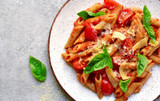Confused about the different types of flour? Wheat, wholewheat, gluten free…when it comes to baking with flour, there are more choices than ever. It can be difficult to choose the right one for your recipe, so we have created a quick guide to help you make the right choice.
WHEAT FLOURS
Most of the common types of wheat flour are available as both white and whole wheat.
ALL-PURPOSE FLOUR
If you only want to keep one flour in your pantry, it should be all-purpose flour. This flour will work well in most recipes. Shop now >>
Best for: Cookies, bread, baked goods.
Don't use for: No restrictions. Can be sifted to create a tender crumb in baked goods.
BAKERS FLOUR
With a fine texture and a high protein content, this flour is the go-to choice for many serious bakers. Can be used to create cakes and muffins, however it is best known for its chewy, stretchy bread-making qualities. Shop now >>
Best for: Soft breads, rolls, buns, pasta and flatbread.
Don't use for: No major restrictions.
WHOLEWHEAT FLOUR
Wholewheat flour includes the bran, endosperm and germ of the wheat grain, which gives it a slightly darker colour, coarser texture and makes it more nutritious. Shop now >>
Best for: Muffins, breads, scones, cookies.
Don't use for: Light cakes or pastries.
EMMER FLOUR
Emmer wheat is one of the oldest known cereal crops. It does absorb more liquid than all-purpose flour, so recipes may need adjusting. Shop now >>
Best for: Pizza bases, rolls, muffins, cakes and slices.
Don't use for: No major restrictions.
HERITAGE WHEAT FLOUR
Milled from a wheat variety bred and grown before the 1960s, when today's modern wheats were introduced. Contains a great flavour and plenty of nutrients. Shop now >>
Best for: Yeast bread or sourdough recipes, as well as in muffins and cookies.
Don't use for: No major restrictions.
ALTERNATIVE FLOURS
No longer just restricted to just wheat flour, flour now comes from a wide variety of sources.
BUCKWHEAT FLOUR
Buckwheat flour has a very nutty flavour and a high protein content similar to quinoa flour. It absorbs a lot of moisture, so adjust accordingly when baking—the batter may require extra liquid. Shop now >>
Best for: It makes excellent pancakes, noodles, crackers and cookies.
Don't use for: Breads or fluffy, light cakes.
KHORASAN FLOUR
Khorasan Wheat, also known as Kamut is an ancient grain originally from the historical Khorasan region in Asia. Sustainable White Khorasan Flour has a distinctive nutty flavour, is a good source of fibre and has higher protein than modern wheat flour. Shop now >>
Best for: Breads, flat breads, pancakes, cakes, cookies and pasta.
Don't use for: No major restrictions.
SORGHUM FLOUR
Honest to Goodness Organic Sorghum Flour is an ancient non-gluten grain with a mild sweet flavour and soft texture, it is an excellent substitute for traditional wheat flour in many of your favourite baking recipes from sourdough bread to delicious cakes. Shop now >>
Best for: Flat breads, pancakes, puddings, cakes, muffins.
Don't use for: No major restrictions. Make sure to use raising agent when baking or using a recipe which requires self-raising flour. It is also a drier mix which is likely to crumble, so be sure to add a binding ingredient.
COCONUT FLOUR
Made from the white, fleshy part of the coconut, this flour is low carb and very absorbent. Best combined with eggs and oils. It is also sweeter and slightly coconutty compared to wheat flours. Shop now >>
Best for: Dense cakes, pancakes and slices.
Don't use for: Breads, sponges or pastries.
NUT FLOUR
Made simply from pulverised nuts, these can be DIY’d with a food processor. They can be very oil or ‘moist’ and contain no gluten. Most common is almond flour, also known as "almond meal." Shop now >>
Best for: Combining with gluten-containing flours, unbaked treats or baked goods that don’t need to rise—think cookies and tarts.
Don't use for: Bread.
RICE FLOUR
Rice flour has a neutral flavour with a high starch content’, which creates elasticity in doughs. Best combined with gluten-rich wheat flours. Shop now >>
Best for: Sponge cakes, noodles, fritters, and tempura batters.
Don't use for: Breads.
QUINOA FLOUR
This earthy and dense flour is especially great for gluten-free baking because of its protein content. Shop now >>
Best for: Use in savoury dishes, quick breads, cookies, bars, and brownies.
Don't use for: Do not attempt 100% quinoa flour bread—it is best combined with other starches or wheat flours to avoid a crumbly texture.
SPELT FLOUR
Although spelt is technically a form of wheat, it is often considered an "alternative" flour. It's an ancient grain, and many with sensitivity to conventional wheat products find they're able to easier digest spelt. It has a mild nuttiness, natural sweetness, and is relatively easy to work with. Shop now >>
Best for: Breads, pizza crusts, cookies.
Don't use for: No major restrictions.
RYE FLOUR
Rye is a gluten-containing grain, although not a variety of wheat. It has a tangy flavour and natural gumminess when processed that adds body to bread. A 100% rye bread can be challenging for beginning bakers. Start with 25% rye flour and 75% wheat. Shop now >>
Best for: Sourdough or artisanal breads.
Don't use for: Cakes or muffins
Learn how to create a sourdough starter from scratch here >>
Check out our Flour Comparison Chart to help you pick the perfect flour for your recipe!

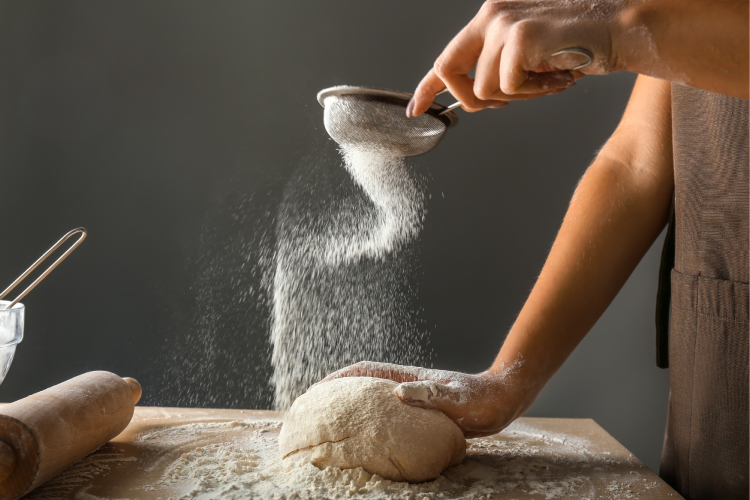
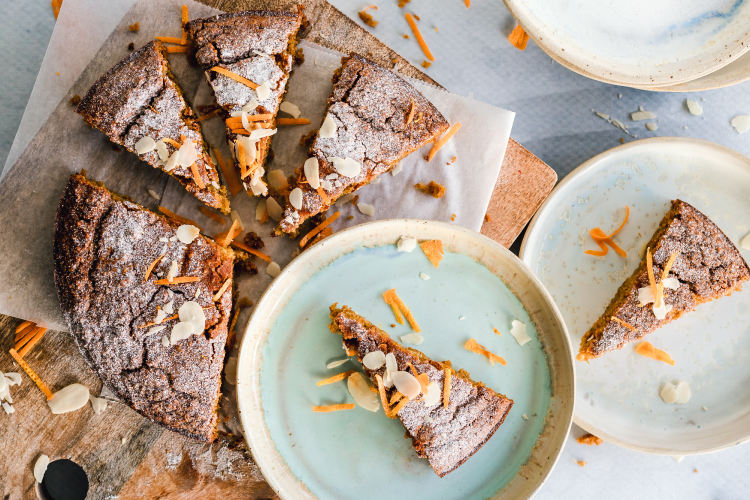
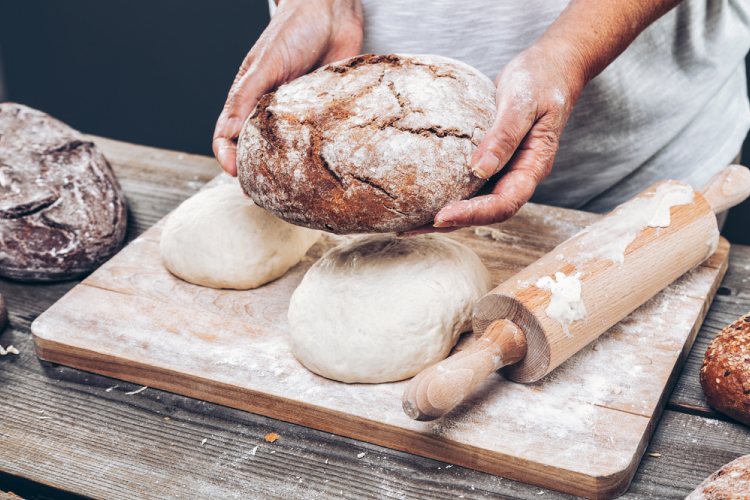
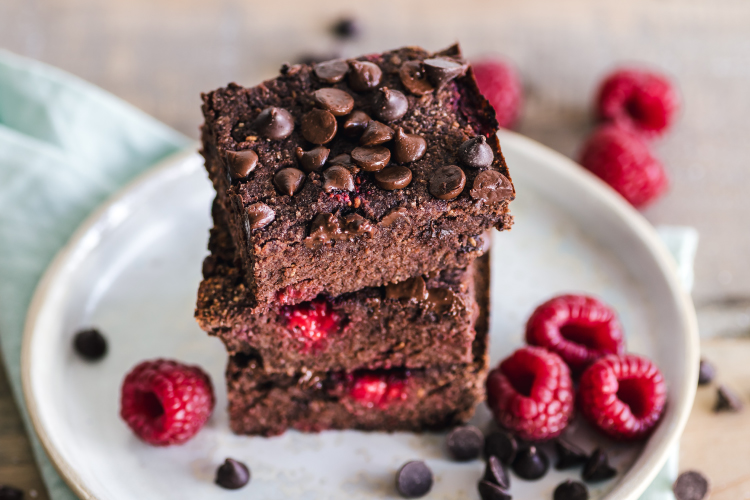
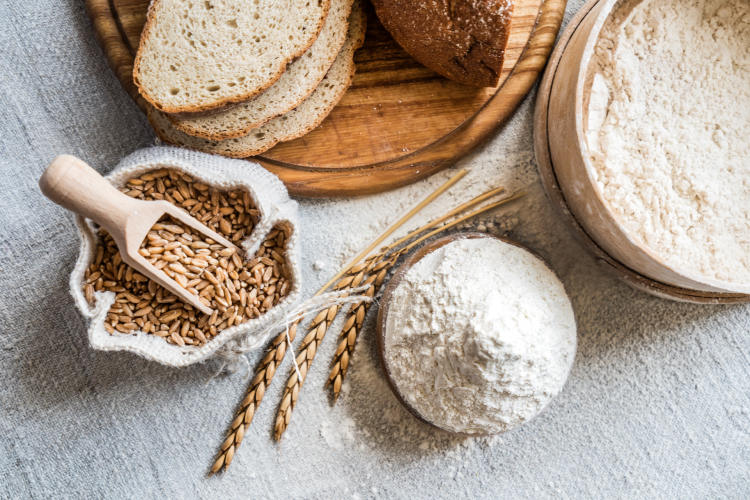
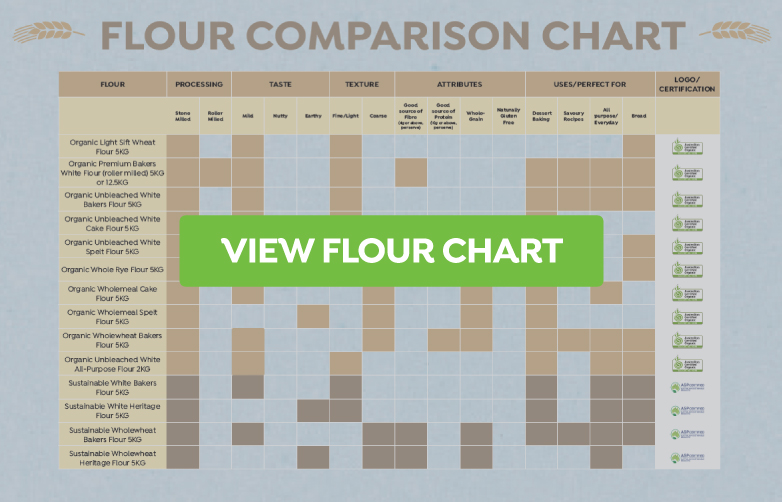


![Urban Forager [Supplier Spotlight] Urban Forager [Supplier Spotlight]](https://cdn11.bigcommerce.com/s-dis4vxtxtc/images/stencil/160w/uploaded_images/urban-forager-thumb-1-.jpg?t=1713225090)
